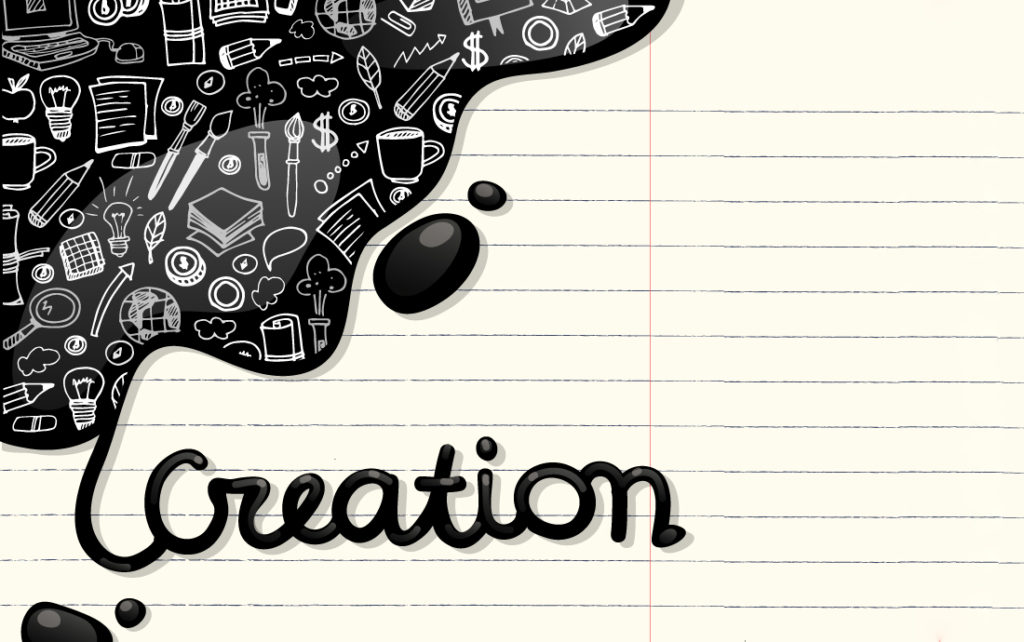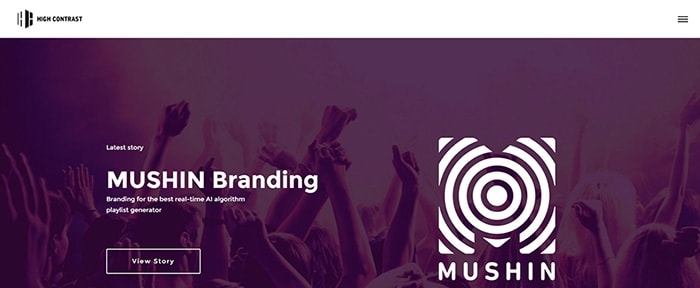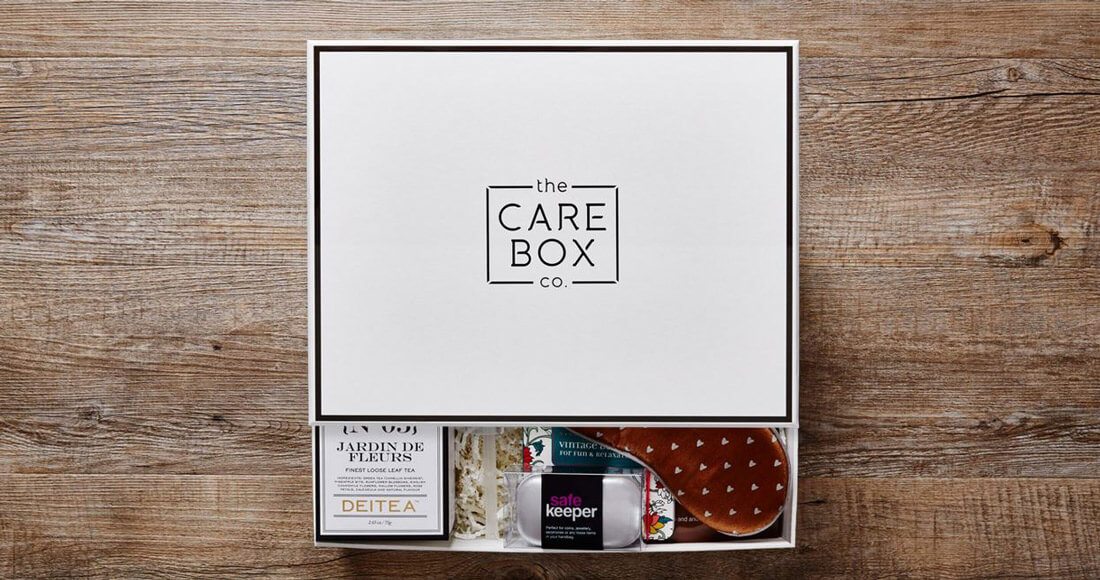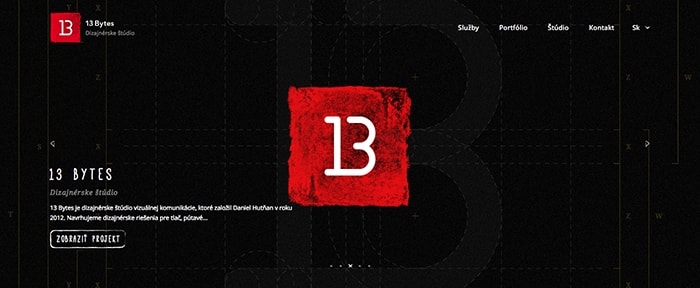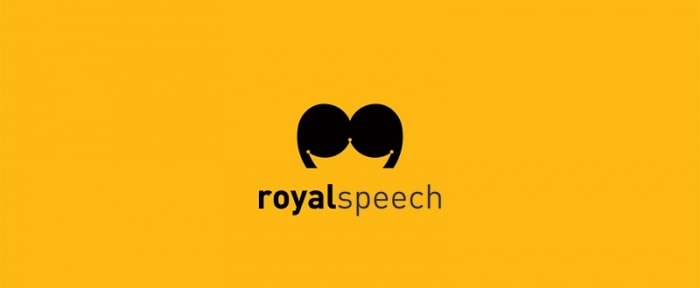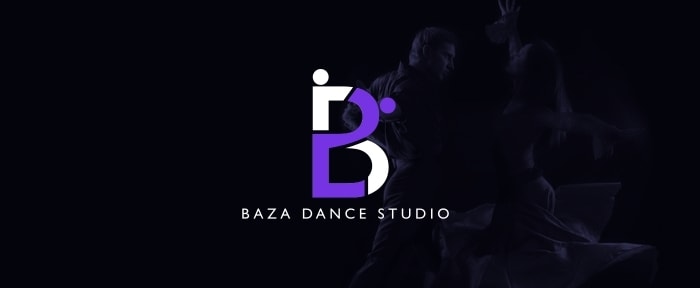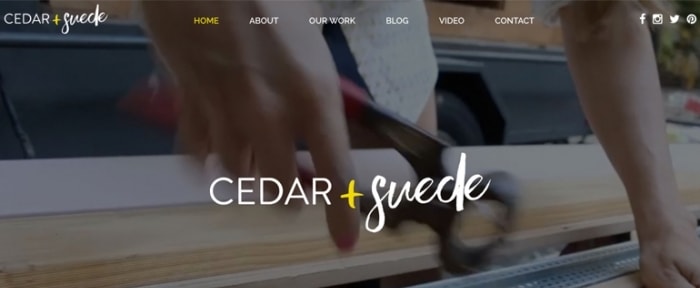1. Simplicity
The best logo concepts aren’t usually flashy. They don’t come with four colors and three typefaces. They aren’t impacted by trends. They are classic and simple.
Start with clean lines or your brand name. Is there an iconic image that you can relate to? There are those obvious connections such as Apple and Windows, how can you use this concept for your logo project? An artistic rendering of a common element can be a fun solution. On the other hand, your brand name my not relate to a thing at all and a combination of shapes or letting might be a better option.
Consider the logo as a whole. The trend now is super-streamlined with brands using an icon or single letter representation. This might look cool but only works if you know the brand. It’s likely that you might have a word in the logo.
Stick to simple typefaces that are highly readable. Serifs or sans serifs are OK, even customized options can work beautifully. But be wary of novelty typefaces that sacrifice readability for a trendy style.
Pair lettering with a simple mark for a classic look. Don’t go crazy with shading, embossing, shadows or colored lettering. These techniques often look great in isolation but can present problems when used with images, on letterhead or settings where the background is not white.
2. Flexibility
A logo gets around quite a bit. It’ll appear on your website, on printed materials and on social media, for starters. All of these different uses mean that shape, size and flexibility matter.
Is your logo flexible enough? Here’s a checklist:
- It needs to be vector. (You’ll need this for large format and high resolution uses.
- It needs to be square-ish. Square options are mandatory these days for online applications such as social media. If the logo has a more horizontal or vertical shape, consider a square alternate format just for social media.
- It needs to include alternate formats. (That includes the social media option as well as options without color (white or black) and vertical and horizontal orientations for logo combinations that include a mark and lettering.
- It is readable on different color backgrounds – light or dark.
- It is readable at small or large sizes and does not look disproportionate when scaled up or down.
- The imagery is appropriate. (Always look for unintended juxtapositions of letters or iconography that will cause people to giggle. Those should be avoided, unless that is your intent.)
- It needs to be something that can change and grow over time. While a logo should have some shelf life, it will eventually need to change, even if just slightly.
3. Color (Or Lack Thereof)
Every logo should be usable in full color, white or black. If any of these options does not work, then the logo does not work.
Personally, I always start designing a logo in black and white. You can really see the shapes and lettering that way. Then once it works in that simple, colorless format, I start to add color. It’s a trick a veteran designer taught me early on and it is something that has been valuable throughout my career.
4. Branding and Story
A good logo tells you something about the brand it represents. It’s a bit of the company story or how they came to be.
Think about the Amazon.com logo for a minute. The simple text has a smile beneath it. What’s the story there? (Happy shoppers.) How does the brand make you feel? (Happy.) It’s an easy association and even if you don’t see it at first, the logo evokes a specific emotion for users.
A logo will be more memorable if it relates to your brand story. It should say something about who you are or what you do and be a part of your identity.
Look at the clever hidden meanings behind RoyalSpeech, above. The logo is made from a pair of apostrophes to mimic the marks made in speech. But look closer: Do you see the crown in the design? The simple mark speaks to the name and will help people identify with the logo.
5. Timeless Appeal
A good logo has a timeless appeal.
Stick to one of the four logo design types:
- Logotype: A design using just lettering
- Emblem: Name inside of a design
- Iconic representation: An image to represent the brand without words
- Icon/name pairing: An icon and lettering
Then, avoid elements or colors that are too trendy. A logo that’s mired in trends will take on a dated look quickly if those trends vanish. Opt for something a little more classic to ensure longevity.
But don’t shy away from trends altogether. Using a touch of modern flair can be valuable. Temper the trendy element by thinking about all of the tips above. Does it still work? If so, you are likely on to something.
Finally, make sure to incorporate your personality. Whether it is a color, signature spiral or typeface customization, a touch of something unexpected and unique can take a logo from fine to fabulous. It takes time and patience to get there. Don’t rush it and save all your revisions along the way. (You don’t know what concepts or ideas might come back around.)
Conclusion
While most of the best logos that come to mind immediately are from big players such as Coca-Cola, Nike or FedEx, a great logo design doesn’t have to come with a big budget. (We all know the story of the $35 Swoosh.)
Some of the best logos are associated with small brands. Dribble and Behance portfolios are packed with cool conceptual drawings. Even if logo design isn’t your strength, you should at least be able to help plan and identify ways to create a better brand identity using these tips. (And feel just a bit inspired too, thanks to the examples from the Design Shack gallery.)

